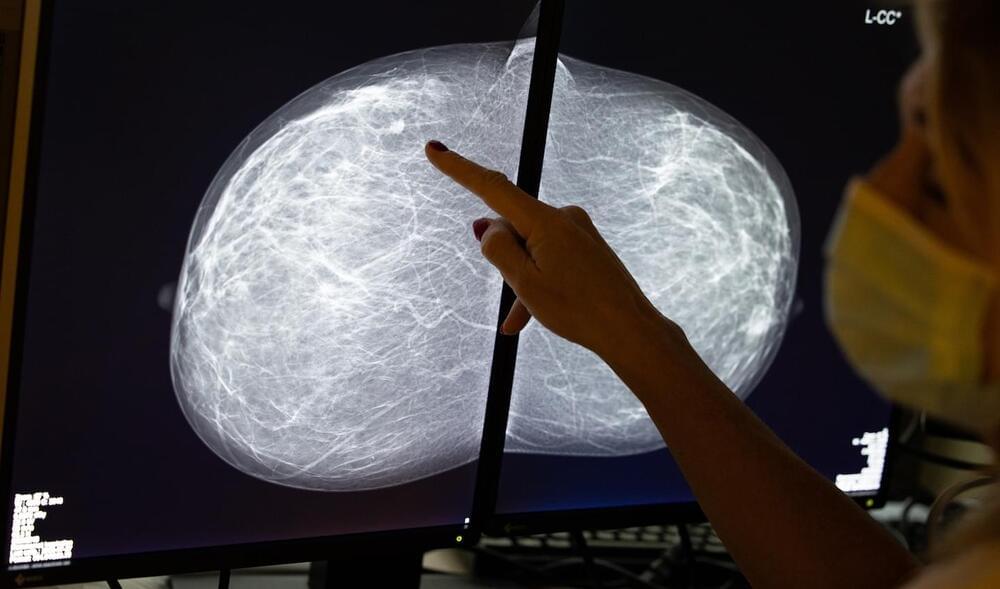Great for if you forget but I’m sure they’re gonna make a dystopian movie or few about this. I don’t remember the TV series or maybe it was a movie I saw a trailer for but in it they had a thing similar to TSA where as you go from city to city etc the AI or computer reads your mind and if you had any rebellious or offensive thoughts towards the government they’d arrest you. Scary huh! I myself have joked that if con is the opposite of pro the Congress is the opposite of progress. Haha.
By examining a person’s brain activity, artificial intelligence (AI) can produce a song that matches the genre, rhythm, mood and instrumentation of music that the individual recently heard.
Scientists have previously “reconstructed” other sounds from brain activity, such as human speech, bird song and horse whinnies. However, few studies have attempted to recreate music from brain signals.





